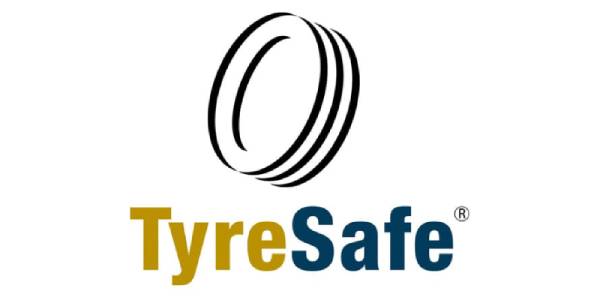Only a few ‘informed’ drivers are truly aware of the difference between tyre types and the benefits each has, with a small number able to distinguish between EV tyres, winter tyres or run flats.
While TyreSafe has innumerable assets to explain the issues, possible implications and how to reduce risks, the best way to really demonstrate the differences is to get behind the wheel and experience them for yourself.
Regrettably, TyreSafe doesn’t have the ability to implement a nationwide driver experience so, instead, a group of senior stakeholders in road safety were invited to a test track to see first hand the effect of tyre defects on vehicle performance and share it via this series of videos.
You’ll find more information on each of the defects below.
Tyre Test One: Braking in the wet (with low vs full tyre tread)
The wet braking tyre test aims to show the difference in stopping distances between tyres with full tread and tyres with low tread. The test is conducted by measuring the time it takes a vehicle to stop from a consistent speed on a wet road surface. The results demonstrate that tyres with low tread require significantly longer stopping distances compared to tyres with full tread. This difference can be as much as 10-12 meters in the wet.
This is important because it highlights the safety implications of driving on tyres with worn tread. In wet conditions, the reduced tread depth compromises the tyre’s ability to channel water away from the road surface, increasing the risk of aquaplaning. This loss of traction can significantly extend stopping distances, potentially leading to collisions. Therefore, maintaining tyres with adequate tread depth is crucial for ensuring road safety, especially during wet weather conditions.
Tyre test two: Aquaplaning (loss of control)
The second tyre test we invited road safety stakeholders to participate in demonstrated the impact of tyre defects on aquaplaning and overall tyre performance.
Reducing the risk of aquaplaning is easy. First and foremost, always drive to the road conditions – if it’s wet, slow down.
Secondly, ensure your tyres have adequate tread depth. The minimum legal limit of 1.6mm but tests prove the effectiveness of a tyre at dispersing water dramatically decreases after 3mm.
Our video shows this difference in tyre performance, the impact of worn tyres on your safety and how to manage an aquaplaning vehicle.
Tyre test three: All Season Tyres Vs Summer Tyres (on ice)
Practically all new vehicles are sold with what are commonly referred to as summer tyres. They provide great performance in the vast majority of weather conditions experienced in Britain for most of the year.
However, in colder conditions, the rubber compound hardens due to the temperature drop. This can impair tyre performance, reduce traction and increase braking distance.
Winter tyres are commonly seen as the only alternative but that is no longer the case. Developments in tyre technology mean truly ‘all season tyres’ are now widely available. While not optimal in extreme cold weather, for Britain’s motorists they provide extra reassurance all year round without being hampered by the main disadvantage of winter tyres, which need to be changed and stored annually. All season tyres provide significantly enhanced cold weather performance over summer tyres.
The difference in performance is practically the same for the rest of the year when compared with summer tyres.
Our video was taken on a special surface which replicates icy road conditions.
Have a guess at how much longer the summer tyres took to stop from 50mph than the all-season tyres!
Tyre test four: Underinflation (detriment to handling)
The final tyre test road safety stakeholders participated in demonstrated the impact of underinflation on tyre performance.
The amount of air pressure a tyre should be inflated to is determined by the vehicle manufacturer as part of its development of a vehicle. For cars, this is typically between 30 and 38psi (pounds per square inch). ‘Bar’ is also used, and 1 bar is to equivalent to 14.5psi).
The right air pressure will depend on the wheel and tyre combination fitted to your vehicle. As most vehicle models now are offered with numerous different wheel sizes, this pressure will often be different for different models of the same car.
Having too little air in a tyre is called ‘underinflation’ and is the most common of all tyre defects and faults.
Driving with underinflated tyres significantly affects how a vehicle steers and handles, increasing the risk of being involved in an incident. Underinflated tyres also increase fuel consumption and tyre wear, consequently increasing your motoring costs.
We used a van to demonstrate this, but the effect is just as great in a car or motorcycle.

